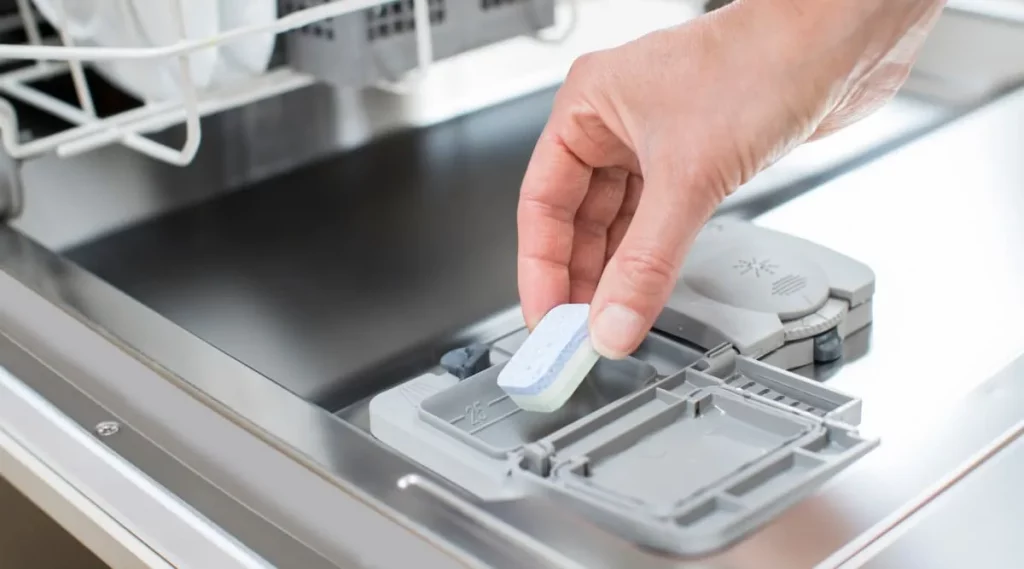The Advantages & Disadvantages of In-Home Usage Tests (IHUTs)


In today’s competitive market, it’s crucial for companies to gather feedback on their products before launching them to the public. One popular method for product testing is the in-home usage test (IHUT). In this blog post, we’ll explore the advantages and disadvantages of IHUTs and why they may or may not be the right choice for your product testing needs.
An in-home usage test (IHUT) is a type of product testing where participants are given a product to use in their own homes for a set period of time. The goal of an IHUT is to gather feedback on the product’s performance, usability, and overall satisfaction from the participants.
First, a company will select a group of participants who fit their target demographic. These participants will then be given the product to use in their own homes for a set period of time, typically 1-2 weeks. During this time, the participants will be asked to complete surveys, provide feedback, and possibly even record their usage of the product.
After the testing period is over, the participants will return, or sometimes get to keep, the product and the company will gather and analyse the feedback to make any necessary improvements before launching the product to the public.

One of the most significant benefits of IHUTs is the ability to observe how consumers interact with products in their natural environment. This real-world application can uncover insights that might not surface in controlled test environments, providing a deeper understanding of the product’s use and the consumer’s experience.
IHUTs also allow for more detailed feedback from participants. Since they are using the product in their own homes, they have more time to test and evaluate the product. This can lead to more in-depth feedback on their experience, including usability, functionality, and overall satisfaction that may not be gathered in a traditional focus group or survey. This depth of feedback is invaluable for making targeted improvements to the product.
Compared to other forms of product testing, IHUTs can be more cost-effective, especially for products that require longer observation periods to understand their use and efficacy. Companies do not have to rent out a testing facility or pay for participants to come in for a focus group. Instead, the product is sent directly to the participants, saving time and money.
IHUTs are also convenient for participants. They do not have to travel to a testing facility or take time out of their day to participate. They can use the product in the comfort of their own home and provide feedback at their own convenience. This makes it much easier to recruit participants for your product testing.
IHUTs allow for testing across a wide demographic, including different geographic locations, ages, and lifestyles, ensuring that the product appeals to a broad audience and identifying any market-specific modifications needed.
By thoroughly testing a product before launch, companies can fine-tune their offerings, potentially giving them a competitive edge in the market by addressing any issues beforehand.

One of the main disadvantages of IHUTs is the limited sample size. Since the product is only being tested by a small group of participants, the feedback may not be representative of the larger market. This can lead to biased or inaccurate results.
With IHUTs, companies have less control over the testing environment. Participants may not use the product as intended or may not provide accurate feedback. This can make it difficult to gather reliable data and make informed decisions based on the results.
IHUTs typically require more time than other testing methods. Companies must wait for the product to be used and feedback to be gathered before making any necessary improvements. This extended timeline can delay decision making processes, the launch of the product and potentially impact sales.
Finding the right participants for IHUTs and managing the logistics of shipping products can be time-consuming and costly.
Not all products are suitable for IHUTs. For example, products that require a specific environment or setting to be used may not be suitable for in-home testing. This can limit the types of products that can be tested using this method.
While IHUTs can generate rich qualitative data, the subjective nature of the feedback can sometimes lead to challenges in quantifying results or making broad generalizations based on the findings.
There’s always a potential for bias in self-reported data, as participants may not accurately remember their usage patterns or may report overly positive experiences due to the novelty of participating in a test.

Despite these challenges, the advantages of IHUTs often outweigh the disadvantages, especially for products where real-world application and long-term usage are critical to understanding consumer satisfaction and product performance. Brands can mitigate some of the disadvantages through careful planning, clear instructions, and robust participant selection and support processes.
While IHUTs have their advantages, they may not be the best fit for every product testing scenario. Here are some alternatives to consider:
Focus groups involve gathering a small group of participants to discuss and provide feedback on a product. This can be a more cost-effective and efficient way to gather feedback, but it may not provide as much in-depth feedback as an IHUT.
Online surveys are a quick and easy way to gather feedback from a large group of participants. They can be cost-effective and provide a wide range of data, but they may not provide as much detailed feedback as an IHUT.
For products that require a specific environment or setting, in-store testing may be a better option. This allows for more control over the testing environment and can provide more accurate results.

In-home usage tests (IHUTs) can be a valuable tool for gathering feedback on products before launching them to the public. They allow for real-world usage, detailed feedback, and can be cost-effective and convenient for participants. However, they also have their limitations, such as a limited sample size and lack of control over the testing environment.
When considering IHUTs for your product testing needs, it’s important to weigh the advantages and disadvantages and consider alternative methods as well. By carefully selecting the right testing method, you can gather valuable feedback and make informed decisions to ensure the success of your product in the market.
At Wirral Sensory Services, we have over 25 years of experience conducting in-home usage tests for some of the world’s leading brands. Our team of expert researchers will work with you to design and implement a custom home use test that meets your specific needs and objectives. Once complete, our team will distil all of the data and feedback collected into actionable insights that you can use to improve your product and better meet the needs of your target audience.
Contact us today to learn more about how we can help you carry out a home use testing research project. We are available by phone at +44 (0)151 346 2999 or via email at info@wssintl.com.